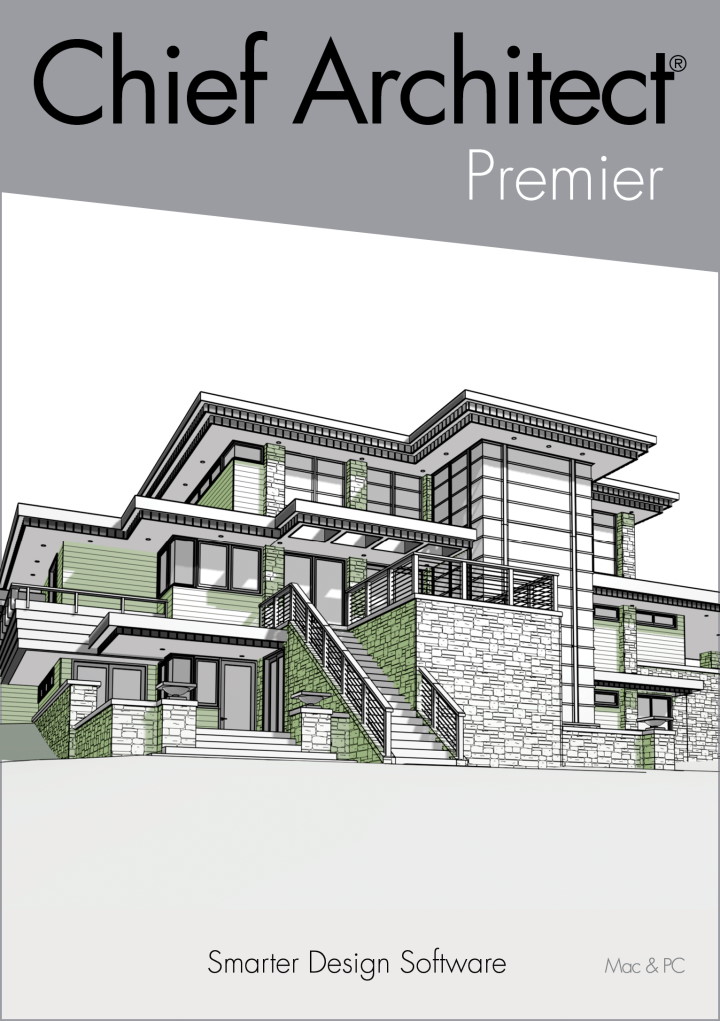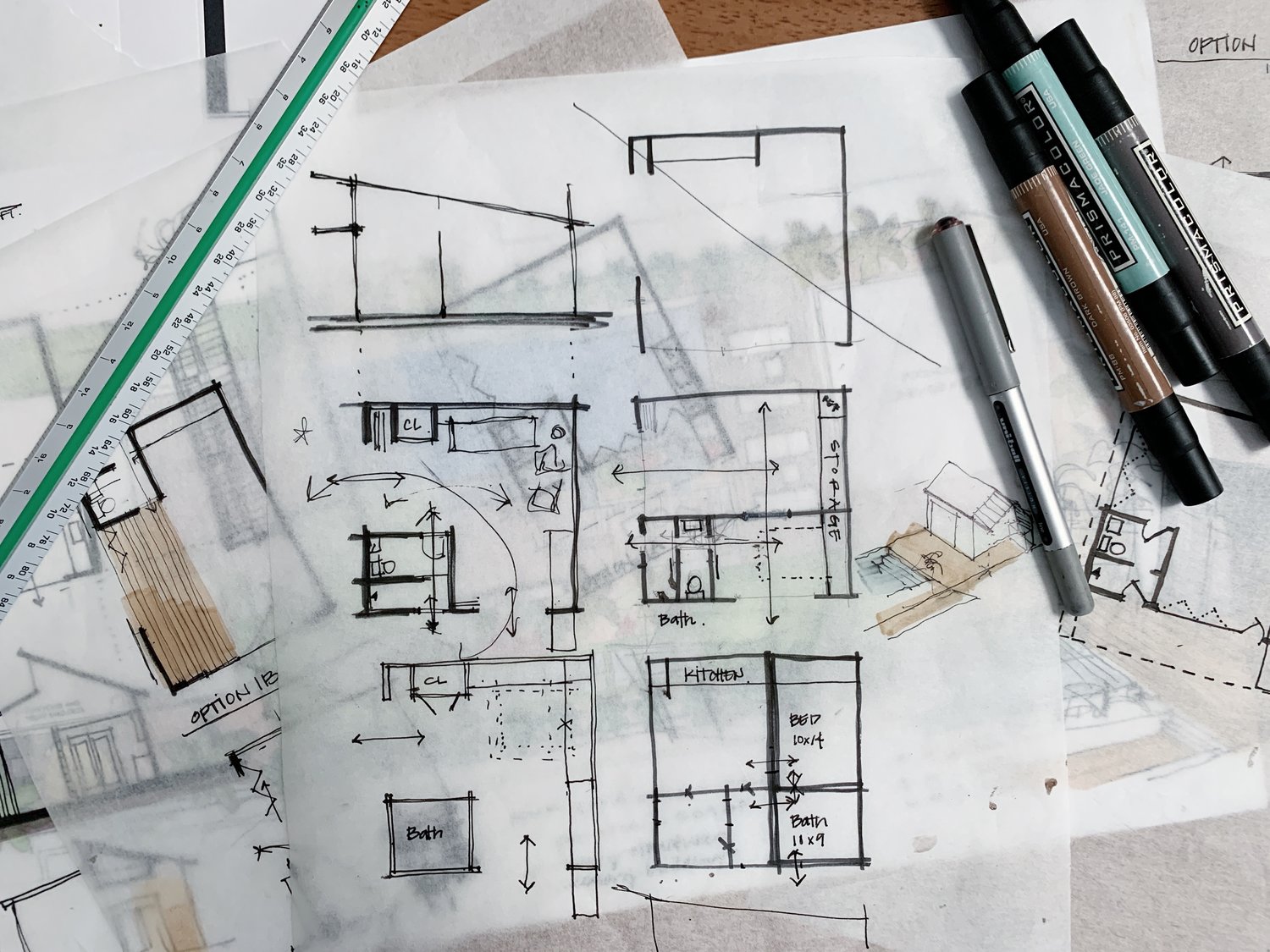Architect Tips for Creating Modern Residential Spaces
Architect Tips for Creating Modern Residential Spaces
Blog Article
The Function of Sustainability and Technology in Modern Architect Practices
Sustainability and technology are improving modern design in ways you may not anticipate. By embracing green materials and wise innovations, designers are not simply creating buildings; they're crafting atmospheres that boost our quality of life.
The Relevance of Sustainable Design
Lasting architecture is important not just for the environment but also for enhancing our quality of life. When you accept sustainable design, you're not just reducing your carbon footprint; you're developing rooms that promote health and wellness and wellness.
Additionally, sustainable design commonly causes more powerful neighborhoods. When buildings are designed with environmentally friendly practices, they can inspire others to follow suit, fostering a society of sustainability. You'll observe enhanced property worths and a higher sense of satisfaction in your environments.
Finally, by prioritizing sustainability, you're purchasing the future. You're making sure that future generations delight in a healthier earth and lively neighborhoods. So, when you consider your next task, consider just how lasting design can boost your life and those around you.
Ingenious Materials Changing Building Practices
As you explore innovative products in design, you'll discover that biodegradable construction materials are reshaping exactly how we believe regarding sustainability. Recycled content advancements are providing new life to waste, while clever product innovations boost developing effectiveness. These advancements not just promote eco-friendliness however also push the borders of design.
Eco-friendly Building Products
While conventional building and construction materials commonly add to environmental destruction, biodegradable building products are arising as a practical choice that changes building methods. You can discover alternatives like bamboo, mycelium, and hempcrete, which not just decrease waste however additionally advertise sustainability. These materials break down naturally at the end of their lifecycle, lessening land fill payments. By incorporating naturally degradable choices right into your layouts, you're not simply boosting visual appeal; you're also making a positive effect on the world. Plus, they commonly call for less energy to create, additionally reducing your job's carbon impact. As you adapt to these ingenious products, you'll discover that they use longevity and convenience, allowing you to develop frameworks that line up with modern-day worths of sustainability and obligation.
Recycled Content Innovations
Recently, innovative products with high recycled material have changed building practices, using architects amazing new alternatives - Architect. You can currently incorporate products like recycled steel, which not only minimizes waste but likewise boasts excellent toughness. Recycled glass is another amazing option, providing aesthetic charm while decreasing ecological influence

Smart Product Technologies
Smart material technologies are improving the means you believe regarding building practices, providing dynamic services that adapt to changing conditions. These innovative materials, such as self-healing concrete and thermochromic glass, boost structure performance and sustainability. By incorporating clever materials, you can create energy-efficient layouts that react to their atmosphere, decreasing total power consumption.
The Integration of Smart Technologies in Layout
As modern technology evolves, integrating wise solutions into architectural style becomes crucial for producing effective and sustainable spaces. You can incorporate smart innovations like building monitoring systems, which maximize energy use and improve owner comfort.
Integrating Net of Points (IoT) gadgets enables seamless communication amongst numerous building systems, enabling you to make data-driven decisions that improve performance. Smart products that react to environmental changes can additionally improve your layout, providing dynamic services to ever-changing problems.
Power Performance and Renewable Resource Solutions
While many architects concentrate on aesthetics, prioritizing power effectiveness and renewable resource remedies is essential for sustainable design. You can start by incorporating passive solar design, which maximizes natural light and warm, minimizing dependence on man-made illumination and home heating systems. Make use of high-performance insulation and energy-efficient windows to lessen power loss.
Do not forget renewable resource systems-- mount photovoltaic panels or wind generators to produce clean energy on-site. You can additionally consider including geothermal home heating and cooling down systems for a much more sustainable temperature level law.
By picking energy-efficient home appliances and illumination, you'll not only lower power usage but additionally reduced operational costs for constructing passengers.
Including these principles into your designs not just benefits the environment yet likewise enhances the structure's charm and worth. Inevitably, your commitment to power effectiveness and renewable power will establish your tasks apart in an open market.
Water Conservation Approaches in Modern Design
Incorporating water preservation strategies right into contemporary architecture is crucial for producing sustainable structures that minimize ecological impact. You can accomplish this by integrating rain harvesting systems, which store and accumulate rain for irrigation and non-potable usages. Executing low-flow components and clever irrigation systems likewise reduces water intake, making certain efficient use throughout the building.
Take into consideration using drought-resistant landscape design, which calls for less water and advertises biodiversity. Incorporating permeable paving products allows rain to penetrate the ground, minimizing drainage and recharging groundwater materials.
Furthermore, setting up greywater recycling systems can repurpose water from sinks and showers for commode flushing or irrigation, further saving resources.
The Effect of Biophilic Layout on Health
Biophilic layout brings nature indoors, and you'll see its favorable effects on your health and wellness and happiness. By improving interior air high quality and attaching you with natural environments, these spaces can transform your daily experience. Let's explore how integrating these features can boost your general well-being.
Nature's Influence on Health
When you integrate components of go nature into your surroundings, it can substantially improve your psychological and physical wellness. Biophilic design, which stresses natural light, plants, and natural materials, promotes a feeling of connection to the outdoors. Welcoming biophilic style is a step toward a much healthier way of life.
Enhancing Indoor Air Top Quality
While numerous individuals focus on aesthetics and performance in style, enhancing indoor air top quality plays a vital duty in your overall wellness. Poor air top quality can lead to health and wellness issues like migraines, exhaustion, website link and respiratory issues. By including biophilic layout elements, you can enhance air high quality normally. Plants, for example, not only improve your space but likewise filter contaminants and raise oxygen levels. Using products with reduced volatile organic compounds (VOCs) even more adds to a much healthier interior setting. Additionally, making the most of all-natural air flow aids lower indoor contaminants. Focusing on these elements in your style will not only raise your area but likewise promote a sense of calm and well-being. Ultimately, a focus on air high quality is important for a healthy and sustainable living environment.
Connection With Natural Environments
When you attach with natural aspects in your room, you not only improve its visual appeal however likewise greatly increase your health. Biophilic layout encourages you to incorporate functions like plants, all-natural light, and organic products. These elements create a soothing ambience, reducing tension and stress and anxiety.
Future Fads in Lasting Architectural Practices
As the world deals with pushing ecological obstacles, engineers are increasingly embracing innovative methods to sustainability that redefine exactly how we design and develop. You'll see a rise in biophilic style, incorporating nature right into metropolitan rooms to boost wellness and minimize power consumption. Smart modern technologies, like AI and IoT, are streamlining energy management in buildings, optimizing source usage, and decreasing waste.
In addition, modular building and construction is obtaining grip, permitting for much faster, a lot more effective structure processes while minimizing environmental impact. Making use of sustainable products, such as recovered wood and recycled metals, is becoming basic practice. As you discover these fads, anticipate a shift toward right here round style, highlighting the lifecycle of materials and advertising reuse and recycling.
These forward-thinking approaches not just address environmental issues but additionally produce healthier, more resistant neighborhoods. By staying informed regarding these trends, you can aid form a sustainable future in architecture.
Regularly Asked Questions
How Can Sustainability Affect Project Prices and Spending Plans?
Sustainability can substantially affect task costs and spending plans. You might discover that first investments in eco-friendly products or innovations lead to lasting cost savings with energy effectiveness, minimized waste, and potential federal government motivations, inevitably stabilizing the general costs.
What Certifications Exist for Lasting Design?
You'll find a number of certifications for sustainable design, consisting of LEED, BREEAM, and the Living Building Challenge. These certifications assist you demonstrate your commitment to sustainability and can enhance your project's reliability and charm to customers.
How Does Neighborhood Culture Influence Lasting Style?
Regional culture shapes sustainable design by mirroring neighborhood values, traditions, and materials. You'll locate that incorporating regional visual appeals and methods not only respects heritage yet likewise boosts the capability and acceptance of your architectural jobs.
What Duty Does Customer Education And Learning Play in Lasting Practices?
Customer education and learning's important for advertising sustainable practices. When you inform customers regarding advantages, costs, and environmental impacts, you equip them to make informed decisions, promoting a collective approach that enhances the task's overall sustainability.

Just How Can Architects Measure the Success of Sustainability Efforts?
You can gauge the success of sustainability initiatives by tracking power consumption, examining material effectiveness, and event comments from customers. Regular audits and contrasts against standards will help you refine your techniques and display improvements efficiently.
By integrating smart materials, you can create energy-efficient designs that respond to their environment, lowering overall energy usage.While many engineers focus on appearances, focusing on energy effectiveness and eco-friendly power options is essential for lasting style. Biophilic layout, which stresses all-natural light, plants, and organic products, fosters a feeling of link to the outdoors. Biophilic design motivates you to integrate attributes like plants, all-natural light, and organic products. As you check out these fads, anticipate a shift toward round style, stressing the lifecycle of materials and promoting reuse and recycling.
Report this page